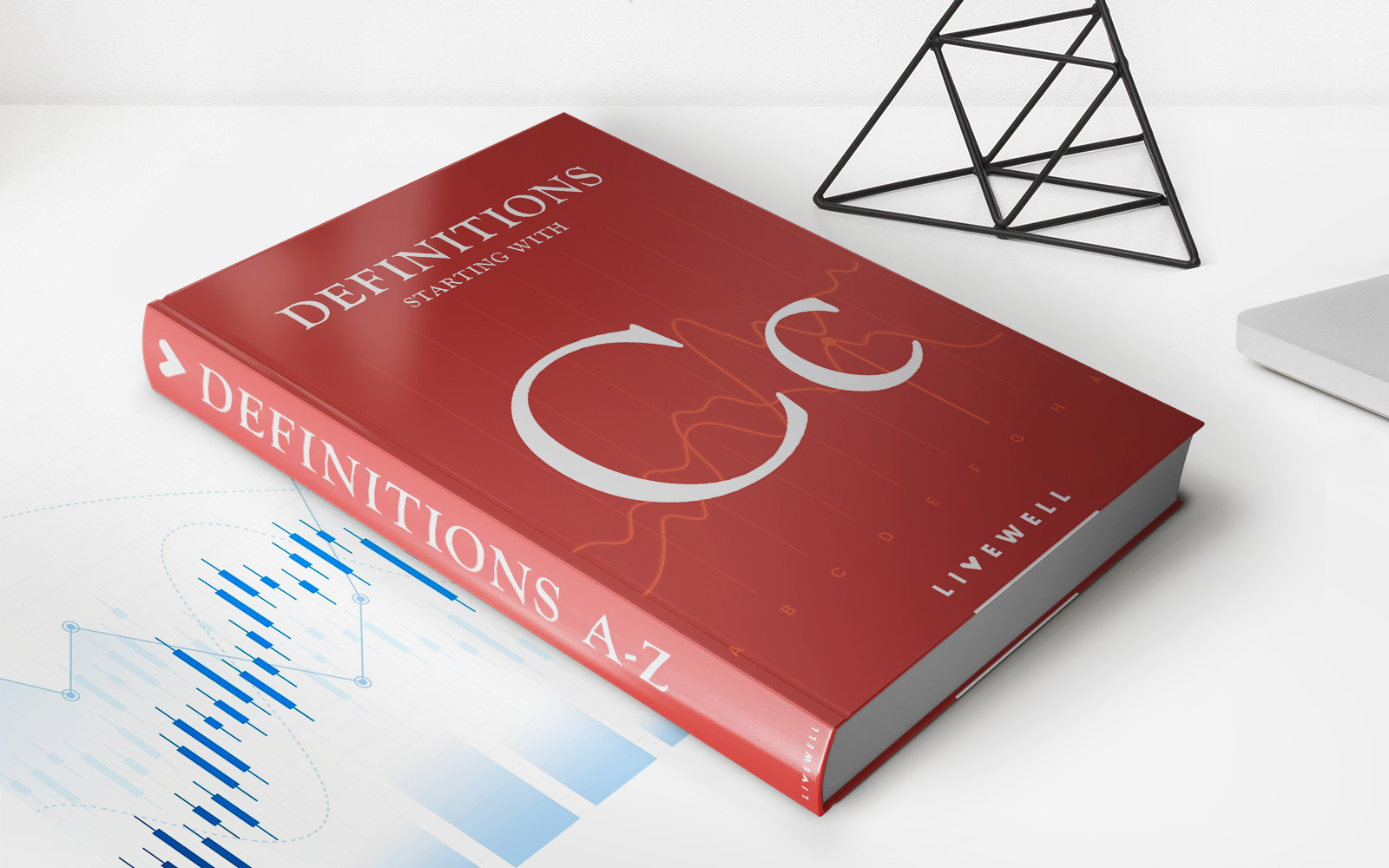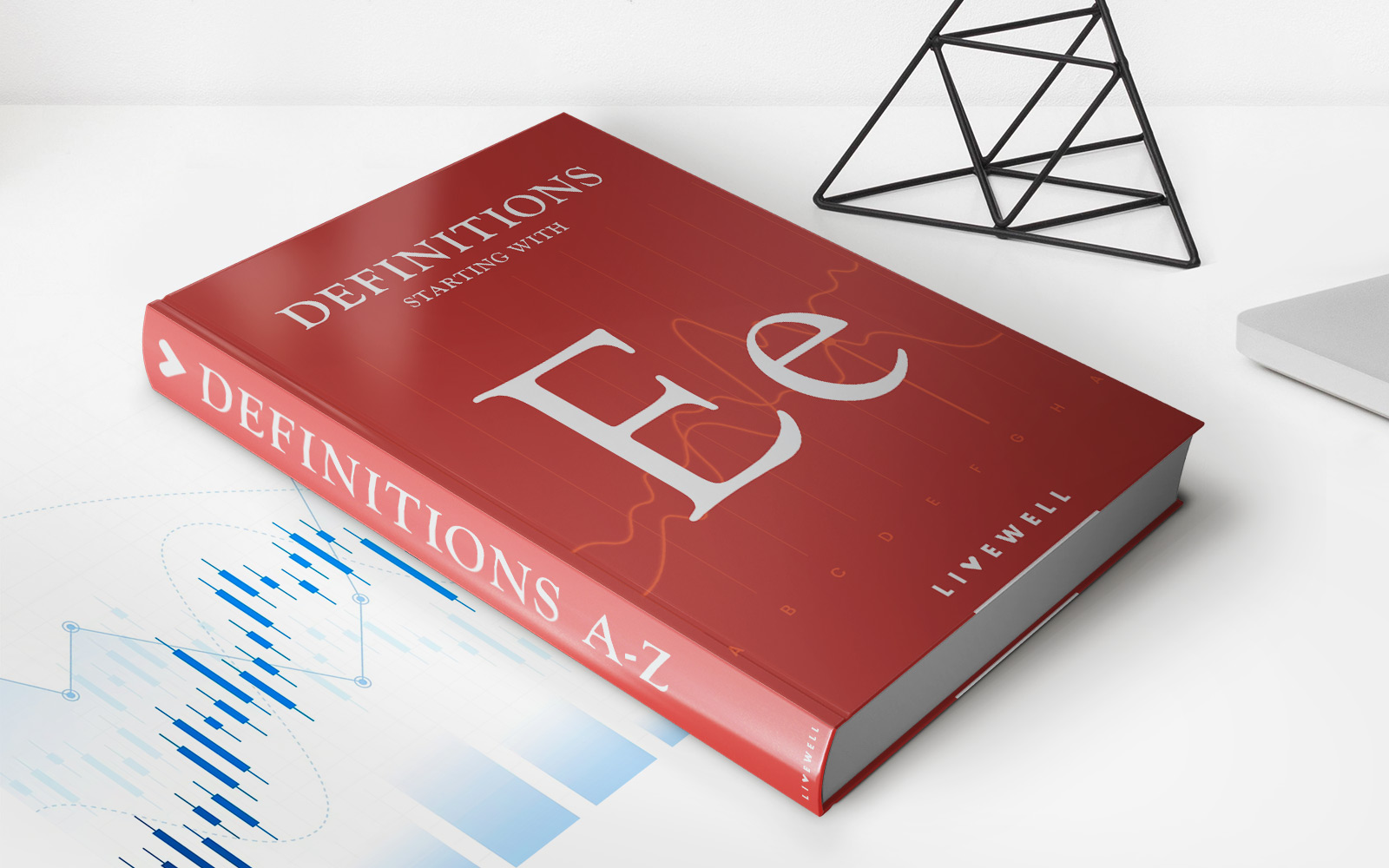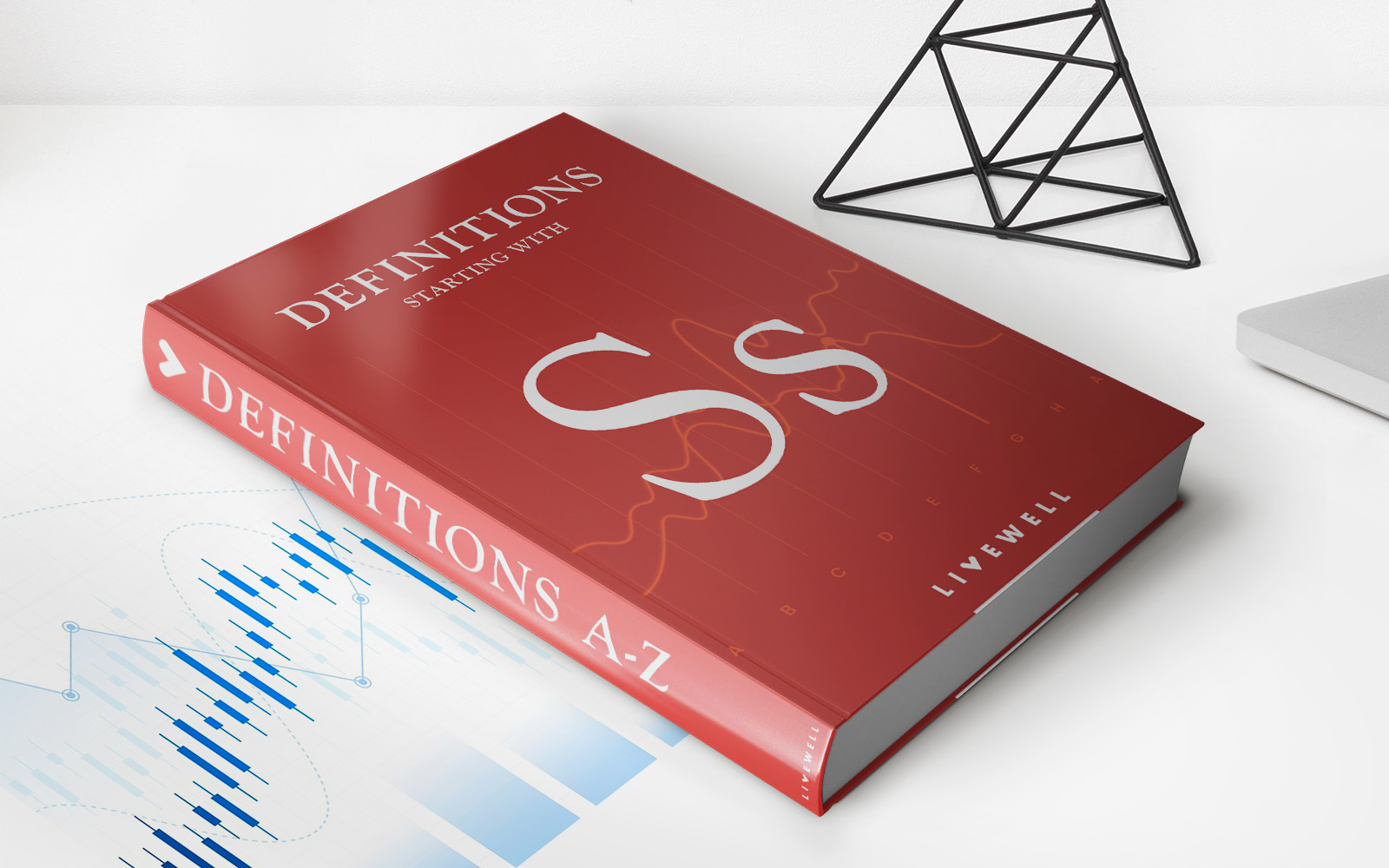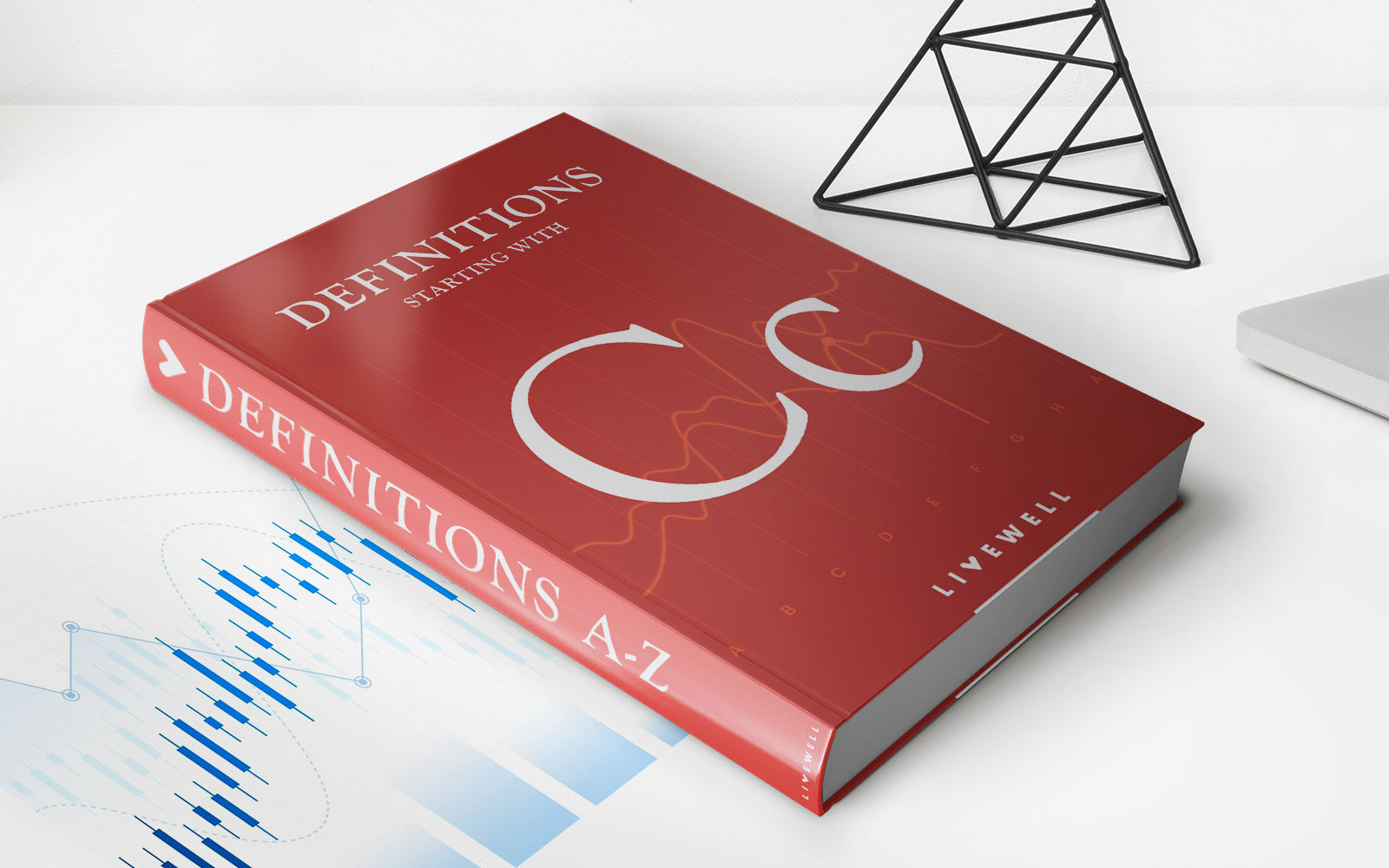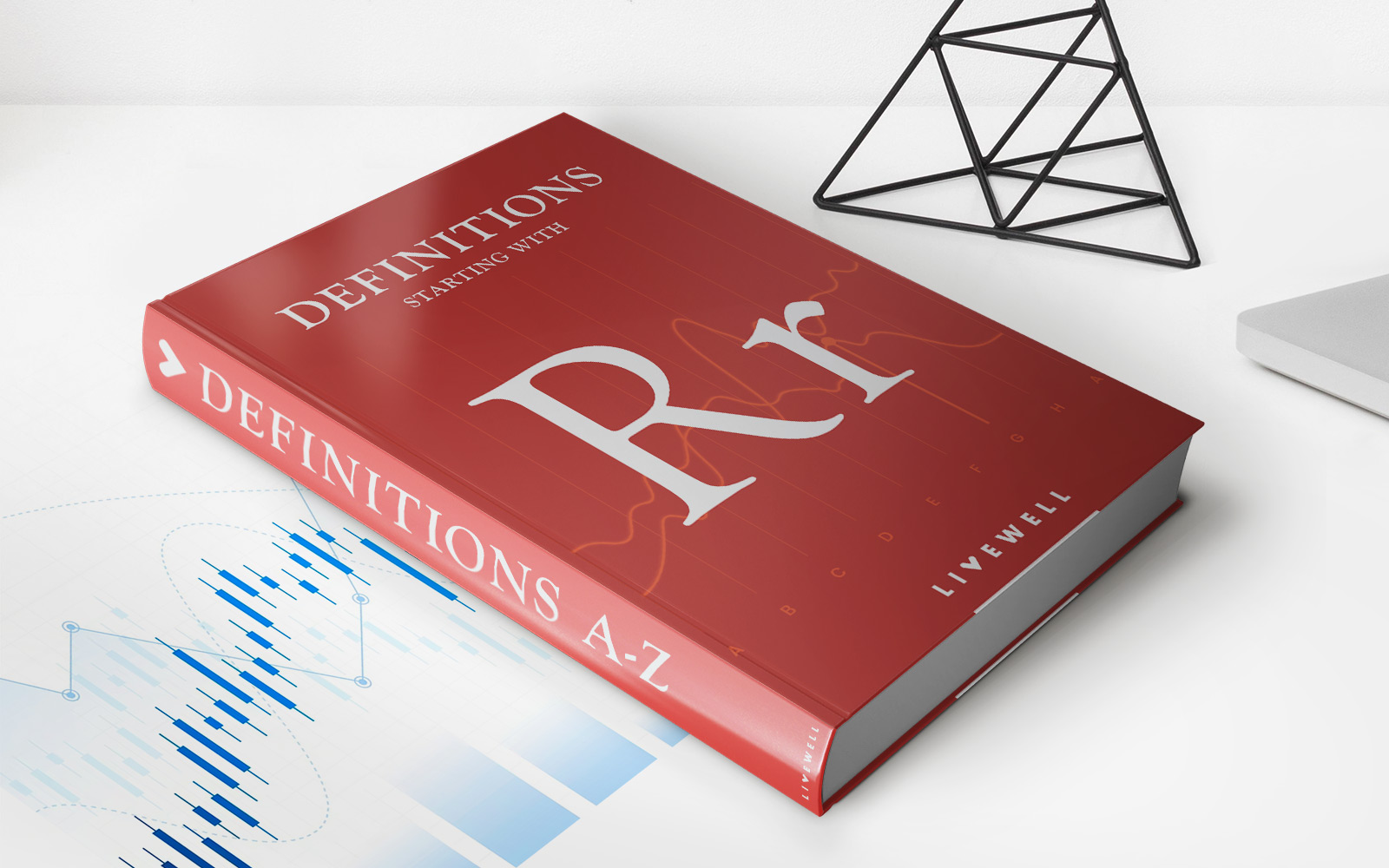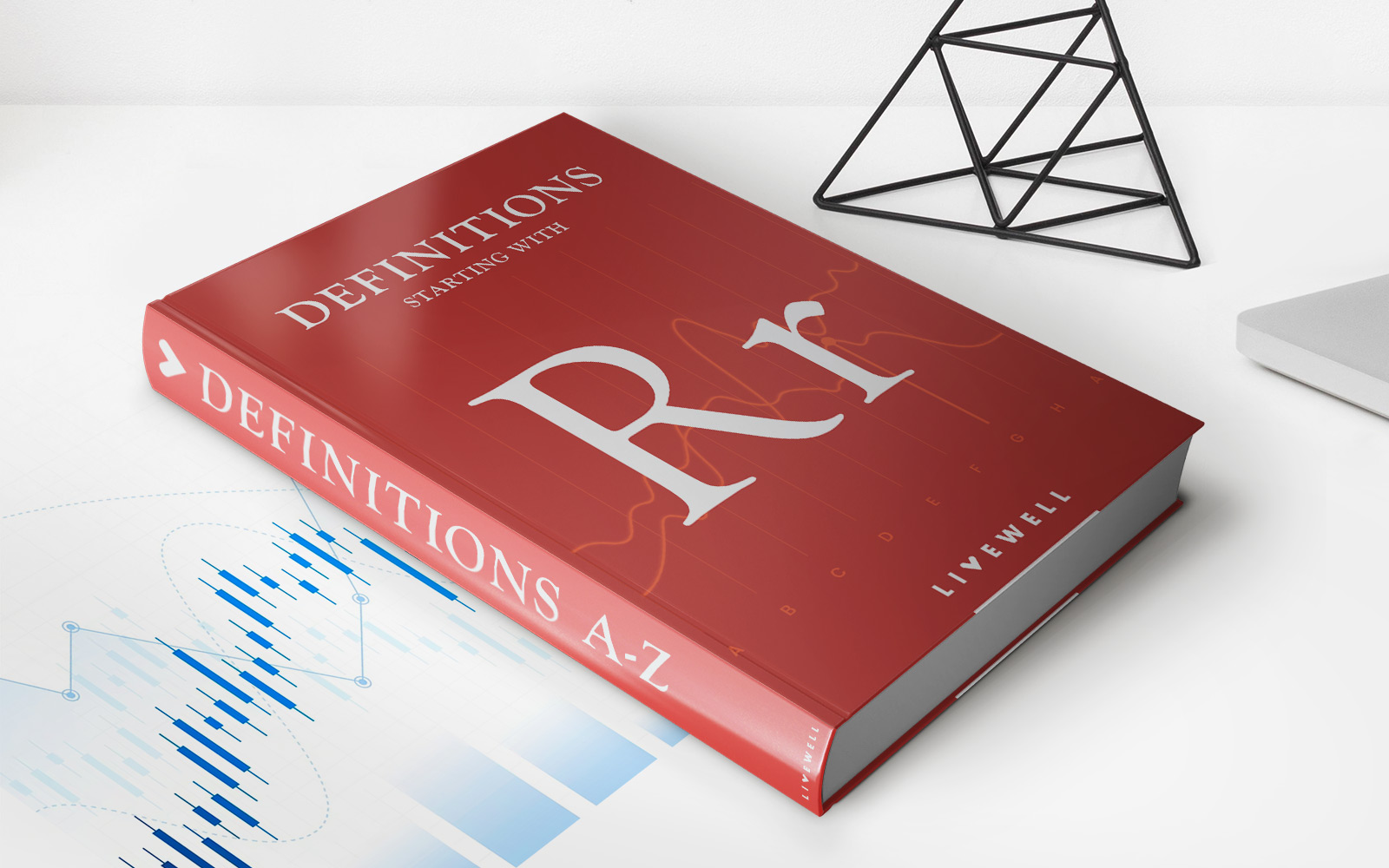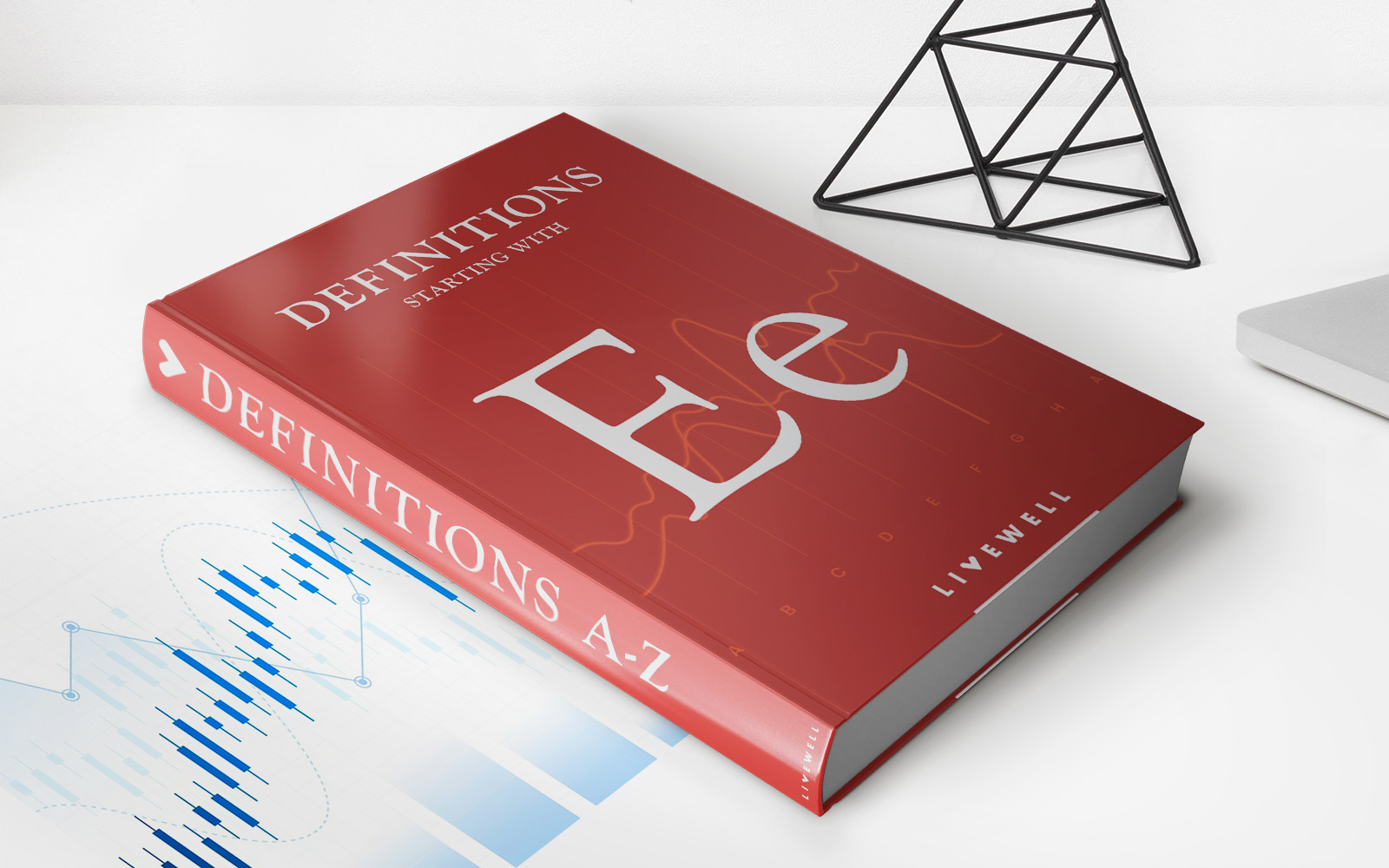

Finance
Hanging Man Candlestick Definition And Tactics
Published: December 3, 2023
Learn the definition and tactics of Hanging Man candlestick in finance. Master the strategies to identify and interpret this bearish reversal pattern.
(Many of the links in this article redirect to a specific reviewed product. Your purchase of these products through affiliate links helps to generate commission for LiveWell, at no extra cost. Learn more)
Unveiling the Mystery: Hanging Man Candlestick Definition and Tactics
Welcome to our FINANCE blog! Today, we’re going to unravel the intriguing world of candlestick chart patterns, specifically focusing on the Hanging Man pattern. If you’ve ever wondered what this pattern signifies and how you can leverage it in your trading decisions, you’ve come to the right place.
Key Takeaways:
- The Hanging Man is a bearish candlestick pattern that indicates a potential reversal in an uptrend.
- Confirmation of the Hanging Man pattern should be sought through additional technical analysis tools and indicators.
Before delving into the specifics of the Hanging Man pattern, let’s address the fundamental question: what exactly is a candlestick chart? In simple terms, a candlestick chart is a graphical representation of price movements in the financial markets. It visually captures the opening, closing, high, and low prices of a given trading period, allowing traders to analyze market sentiment and make informed decisions.
The Hanging Man: Definition and Characteristics
The Hanging Man is a single candlestick pattern that typically appears at the top of an uptrend. Its name originates from its visual resemblance to a hanging man with arms dangling vertically. This bearish pattern contains the following key characteristics:
- The candlestick has a small real body near the top of the trading range, indicating a narrow trading session
- The lower shadow, or wick, is at least twice the length of the real body, suggesting a strong rejection of higher prices
- The upper shadow, if present, is relatively small
While the Hanging Man pattern signals potential bearishness, it does not guarantee an immediate reversal. Therefore, it’s crucial to confirm this pattern using additional technical analysis tools and indicators to increase the reliability of your trading decisions.
Tactics for Trading the Hanging Man Pattern
Now that we understand the characteristics of the Hanging Man, let’s explore a few tactics to effectively utilize this pattern in your trading strategy:
- Confirmation through Volume: A high-volume trading session accompanying the Hanging Man pattern adds weight to the potential reversal signal. Increased selling pressure confirms the bearish sentiment, enhancing the probability of a downward trend.
- Support and Resistance Levels: Determine the levels of support and resistance in the price chart, and observe whether the Hanging Man appears near these levels. If the pattern is supported by relevant support or resistance areas, it strengthens the likelihood of a trend reversal.
By combining the Hanging Man pattern with a holistic analysis of the market, you can gain a deeper understanding of the current market sentiment and make more informed trading decisions.
Conclusion
The Hanging Man pattern is a powerful tool in a trader’s arsenal, offering insights into potential trend reversals. However, it is important to remember that no single technical indicator can predict market movements with 100% accuracy. Utilize the Hanging Man pattern as part of a comprehensive strategy that incorporates other technical analysis tools and indicators.
So, the next time you come across a Hanging Man pattern, pay attention to the potential reversal signal it may provide, but always remember to exercise caution and seek confirmation through a disciplined market analysis approach.



